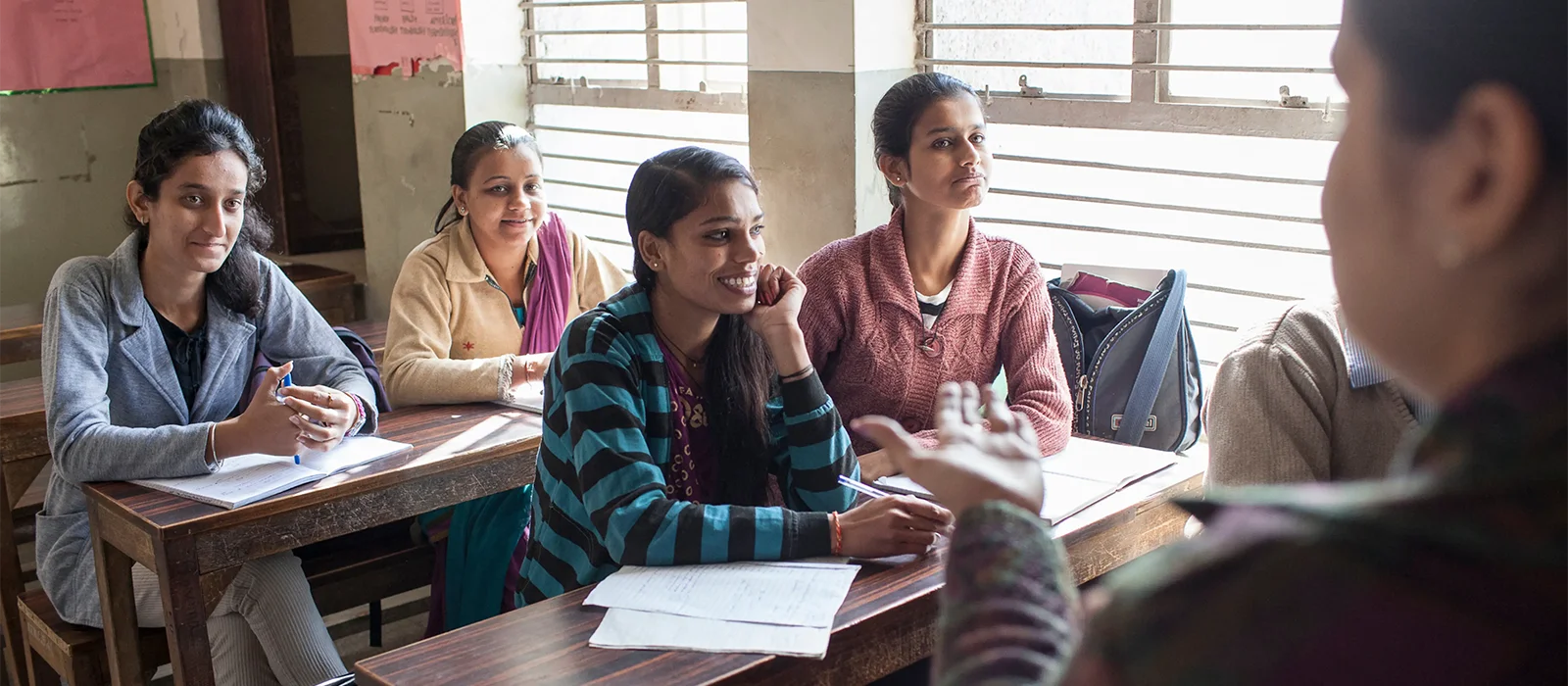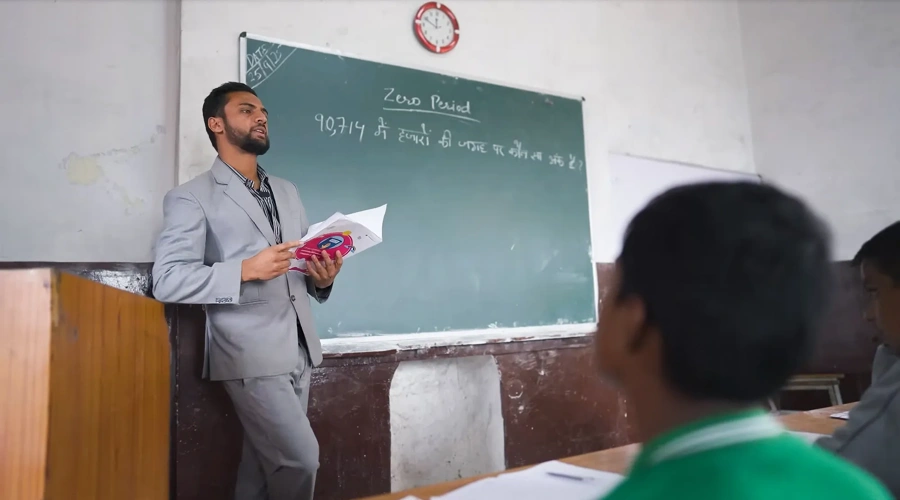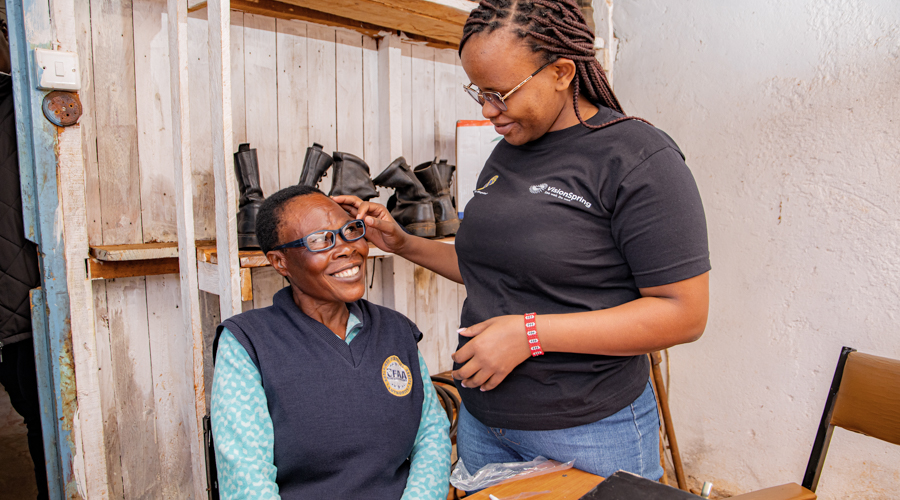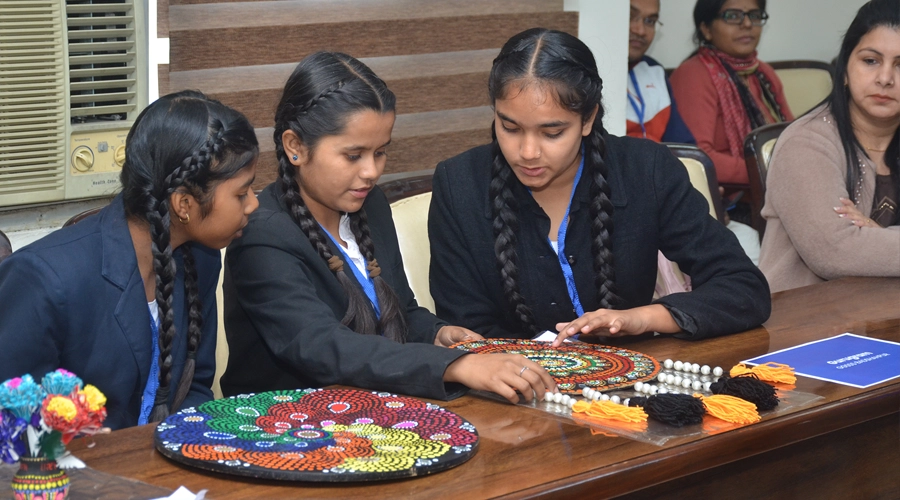Seeing the Whole Picture: Smarter Support for 100 Million Students in India
Scaling Social Impact With Blended Finance Tools

Overview
Blended finance tools combine public, private, and philanthropic funds to tackle social challenges, boosting the capital available for large-scale solutions. Our recent projects in India demonstrate how connecting financial support to specific goals can help improve outcomes in areas like education, skilling, and livelihoods.
Addressing large social problems requires constant innovation and effective scaling. We’ve found that different blended finance tools are particularly effective in tackling various social issues. Here we are spotlighting some of our recent projects and key lessons we’ve learned from applying different financing models in education:
Social Success Notes (SSNs) for Affordable Private Schools
In India, affordable private schools serve 30-50% of students but face challenges like poor outcomes and lack of transparency. We piloted a program tying financing to educational outcomes, using Social Success Notes to adjust interest rates based on school performance. The theory of change is that higher quality attracts more students, enabling schools to charge higher fees and creating a self-sustaining cycle of improvement. Approximately 60% of the participating schools met their targets, benefiting 160,000 students.
Development Impact Bonds (DIBs) for Education and Skilling
DIBs link funding to specific outcomes, driving systemic change. Our experience in India has demonstrated that impact bonds are effective in scaling high-performing solutions. For example, our $11m Quality Education India (QEI) DIB has benefitted 200,000 students across Delhi, UP, Gujarat and Maharashtra and the $14.4 million Skill Impact Bond has supported over 24,000 youth (70% women) so far.
DIBs help align impact measurements across funders and often lead to better outcomes than traditional grants by emphasizing strong performance and providing flexible funding linked to outcomes. Our partners have seen 2-4x better performance because they are fully invested in the model, leveraging external support with a specific focus on results.
Returnable Grants (RGs) for Livelihoods
The COVID-19 pandemic highlighted the need for innovative financial solutions. Returnable Grants – grants with a responsibility to repay – allowed funds to be recycled for future use. Samhita’s REVIVE initiative used RGs and had 91% of the participants returning full or part amount (repayment in value terms was 75%). It provided participants not only immediate financial support but also helped in building their credit histories.
Guarantees for Risk Coverage
Guarantees are widely used in blended finance, covering a portion of lenders’ risk and making credit accessible to riskier borrowers. In India, guarantees represent about 40% of the market by value. They work by covering a portion of the risk for lenders, making credit accessible to riskier or new-to-credit borrowers. This approach is particularly effective in supporting nano entrepreneurs and fostering innovative financial structures.
While blended finance tools are effective, they come with challenges:
- Balancing leverage with deployment time: Simpler structures are faster but may offer less leverage.
- Ensuring replicability: High instrument creation costs make replicability crucial, which can be aided by standardizing target-setting approaches.
- Balancing customization costs with outcomes: Complex instruments must balance the costs of customization with the impact achieved.
Blended finance tools, from Social Success Notes to Development Impact Bonds, demonstrate how aligning financial incentives with desired outcomes can amplify impact and pave the way for sustainable solutions across sectors.





